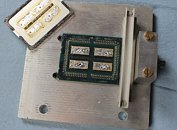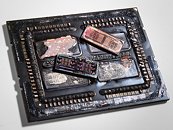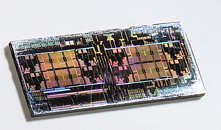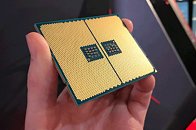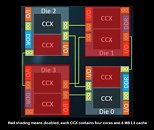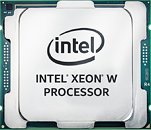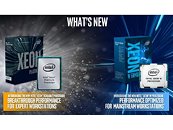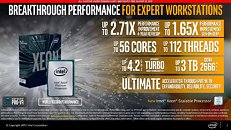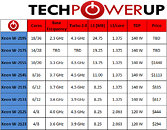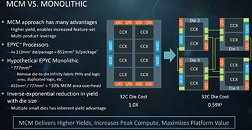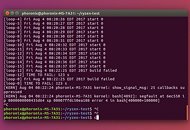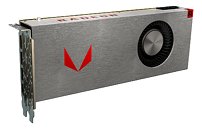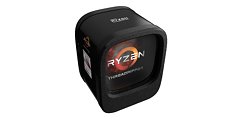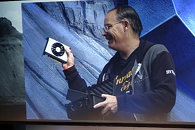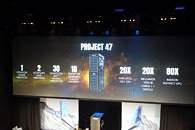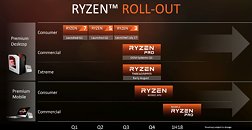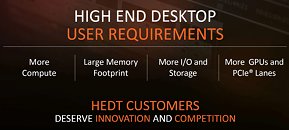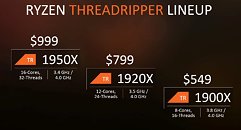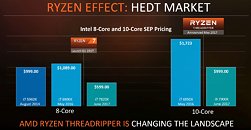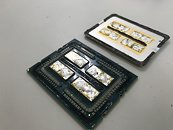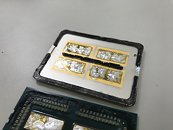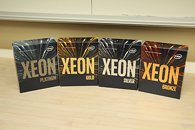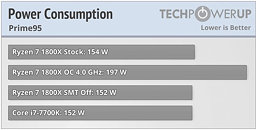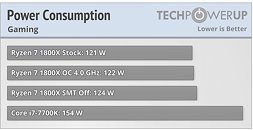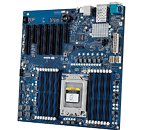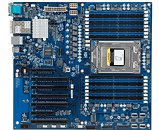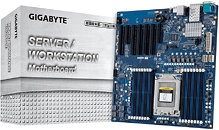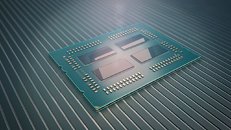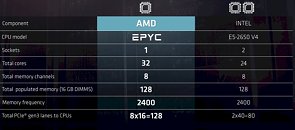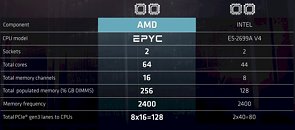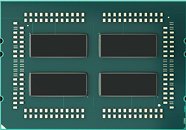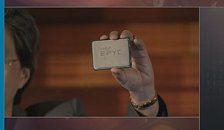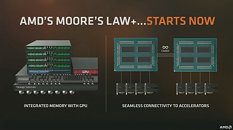AMD today officially announced some more details on its brain-child and market-stormer Ryzen Threadripper HEDT line of CPUs. Ryzen is a true new stand-alone architecture for AMD, the result of more than four years of careful planning and silicon design towards reaching a truly scalable, highly-flexible, non-glued together MCM design that could power all experiences and workloads through a single architecture design. The Ryzen architecture is already powering desktops with Ryzen 3, 5 and 7 desktop CPUs; has extended to server-side deployments through its EPYC line-up and will begin shipping for professionals with Ryzen PRO starting in Q3 2017. Also announced was that it will find its way to mobile APUs around Q4, paired with the new Vega graphics microarchitecture; and will even power professional-geared mobile solutions in 1H18. But more immediately, it's coming to the HEDT market. And AMD is putting that fight in the hands of Threadripper.
AMD pits its HEDT line-up to developers, researchers, prosumers, creators, and even multi-tasking gamers. Increased compute capabilities with up to 16 cores and 32 threads; larger memory footprint, increased I/O and storage, and support for many more GPUs and PCIe lanes ensure a stable, impressive platform for today's large data sets and tomorrow's exponentially more resource-intensive workloads. AMD will execute this with a three-pronged approach. There will be three processor models on offer for their HEDT platform. The $999 TR 1950X and $799 TR 1920X are known quantities already, with their respective 16 cores (32 threads) and 12 cores (24 threads). The new addition, however, comes in the form of the $549 TR 1900X, which offers not only 8 cores (16 threads) and 3.8 GHz base, 4.0 GHz boost clocks, but a clear upgrade path within AMD's new platform. Say what you will about AMD's offerings and execution, one thing is for sure: Zen and all the silicon it powers have prompted a reshuffle of the CPU landscape as we hadn't seen in years. Coincidence? AMD doesn't think so.

